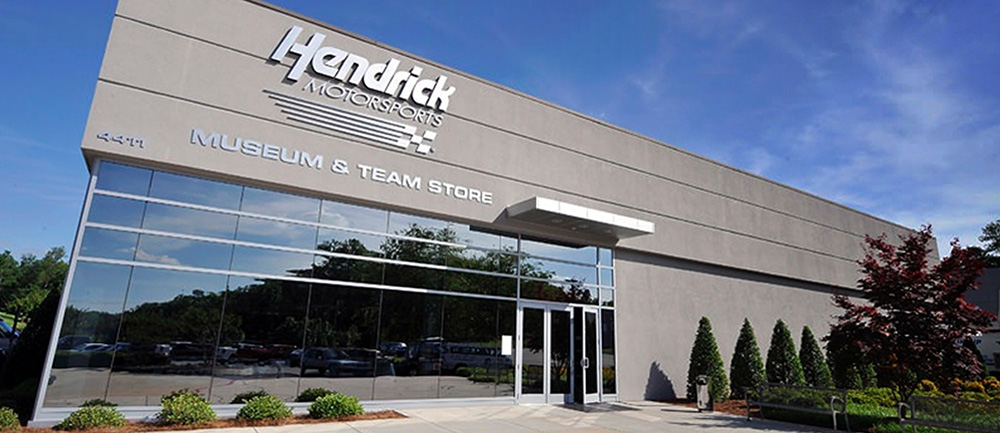
CONCORD, N.C. – Speeds at over 200 miles per hour, drafting, and multi-car pileups.
Racing at Talladega means all of these things, and more.
Talladega Superspeedway is one of two superspeedway tracks on the NASCAR Sprint Cup schedule, along with Daytona International Speedway.
And at those tracks, which are over 2.5 miles long, aerodynamics plays a key role in the performance of the cars.
“Aerodynamics is important at superspeedways because at those tracks we run a motor combination that is restricted,” said Kurt Romberg, chief aerodynamicist at Hendrick Motorsports. “So the amount of horsepower we get is significantly less, for instance, then we would run at an intermediate track.”
Less horsepower means more drag. While horsepower is trying to push the car forward, drag is trying to drag the car backwards. And at superspeedway tracks the drag counteracts the horsepower.
“If we can reduce the drag a little bit then we can make the car go faster, so that is why aerodynamics are important.” Romberg said.
That is where drafting comes into play.
When a car by itself is using its entire horsepower to push forward, there is a drag that is developed behind the car, and that causes a lot of energy and disturbed air behind the car known as a wake. If the wake is minimized, the car will go faster. When a trailing car pulls up and fills in some of the area of the wake from the leading car, both cars get the advantage and therefore both can go faster.
“The lead car gets the advantage of the trailing car being back there because the wake is filled in and there is less low pressure dragging that lead car back," Romberg explained. “The trailing car gets an advantage because it doesn’t have to open up a hole in the air. It’s not seeing that real high pressure that the lead car is seeing so it in essence can go faster too.”
Drafting is used a lot at superspeedways because to go faster drivers have to reduce the drag -- and drafting does just that.
Also, drafting doesn’t have to involve just two cars. It can be as many as 12 or more, and they don’t all have to be nose-to-tail. A draft can be felt from up to half a straightaway back.
So when the green flag drops for Sunday’s race at Talladega and the cars start drafting around the track, it’s not just for fun. There’s a science behind it.







